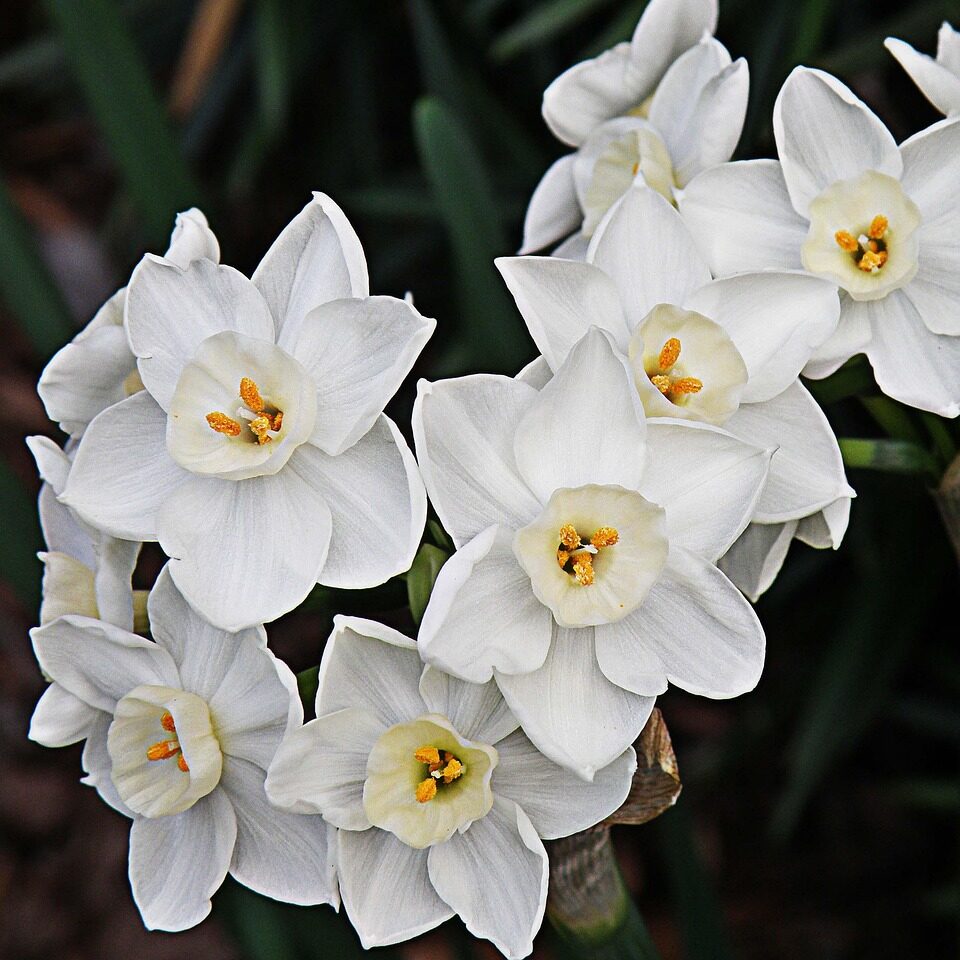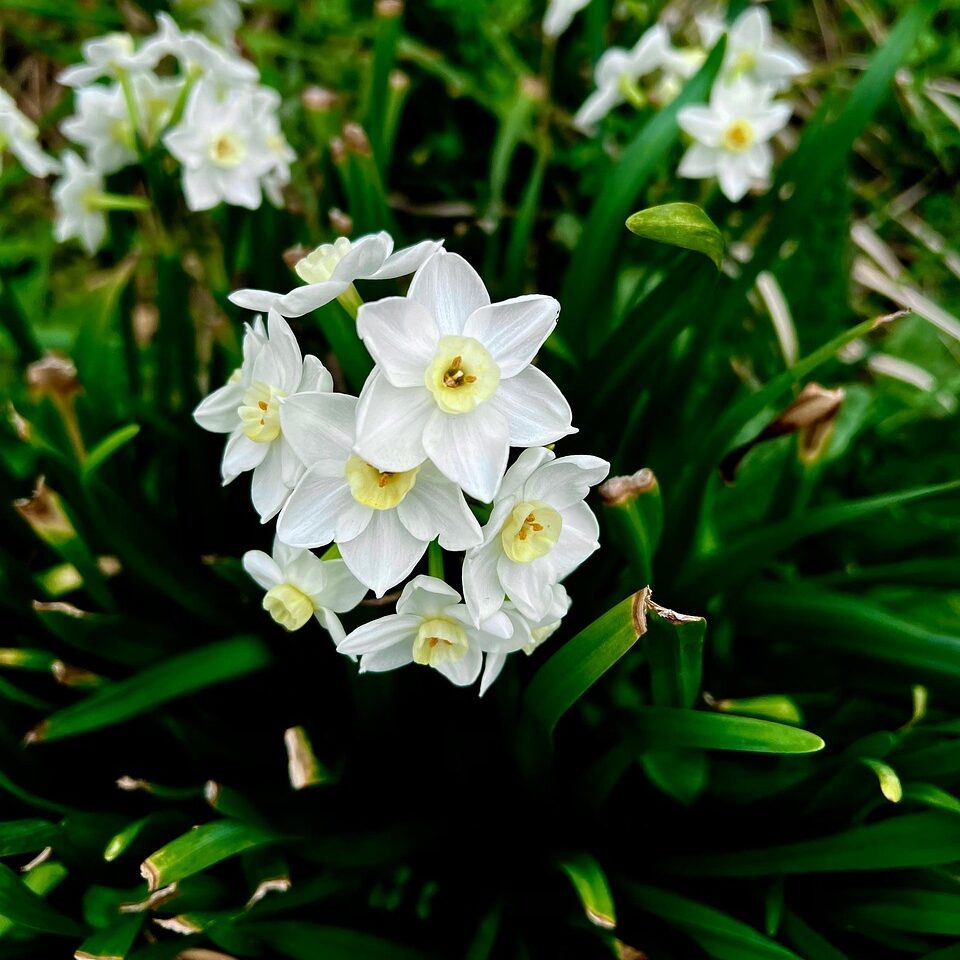Flowers have always been powerful symbols of beauty, meaning, and human connection. Just as gemstones and zodiac signs are tied to months, so too are birth flowers. Each month has one or more blooms that carry deep symbolism, rooted in history and tradition. This guide explores the birth flowers for each month, explaining their origins, meanings, and modern uses—making it a timeless resource for birthdays, celebrations, and gifting.
What Are Birth Flowers?
Birth month flowers are specific blooms associated with the twelve months of the year. The tradition dates back to ancient Rome, where flowers were dedicated to gods and used in seasonal festivals. Over centuries, cultures around the world adopted their own symbolic associations, blending folklore, religion, and the Victorian “language of flowers.”
Today, they are widely used as a meaningful way to celebrate birthdays and milestones. A birth flower bouquet might be given as a gift, featured in jewelry or artwork, or cherished as a personal symbol much like zodiac signs or birthstones.

January Birth Flowers – Carnation and Snowdrop
- Carnation: Represents admiration, love, and distinction. Popular for its variety of colors, each shade carries unique meaning.
- Snowdrop: A delicate winter bloom symbolizing hope, renewal, and the promise of brighter days.
February Birth Flowers – Violet and Primrose
- Violet: Symbolizes loyalty, humility, and faithfulness.
- Primrose: Represents young love and new beginnings.
March Birth Flower – Daffodil
- Daffodil: Bright and cheerful, daffodils symbolize rebirth and renewal. They are among the first flowers to bloom in spring, representing fresh starts and optimism.
April Birth Flowers – Daisy and Sweet Pea
- Daisy: Innocence, purity, and true love.
- Sweet Pea: Gratitude and blissful pleasure.
May Birth Flowers – Lily of the Valley and Hawthorn
- Lily of the Valley: Sweetness, humility, and happiness.
- Hawthorn: Hope, love, and protection.
June Birth Flowers – Rose and Honeysuckle
- Rose: Universally the flower of love, with each color carrying a unique message.
- Honeysuckle: Symbol of devotion and lasting bonds.
July Birth Flowers – Larkspur and Water Lily
- Larkspur: Positivity, open-heartedness, and strong love.
- Water Lily: Purity and peace, often tied to spiritual growth.
August Birth Flowers – Gladiolus and Poppy
- Gladiolus: Strength, honor, and resilience.
- Poppy: Imagination, remembrance, and consolation.
September Birth Flowers – Aster and Morning Glory
- Aster: Wisdom, love, and faith.
- Morning Glory: Affection and the fleeting nature of time.
October Birth Flowers – Marigold and Cosmos
- Marigold: Creativity, warmth, and remembrance.
- Cosmos: Peace, balance, and harmony.
November Birth Flowers – Chrysanthemum and Peony
- Chrysanthemum: Joy, loyalty, and longevity.
- Peony: Prosperity, gratitude, and romance.
December Birth Flowers – Narcissus and Holly
- Narcissus: Hope, renewal, and good fortune.
- Holly: Protection and cheer.

How Birth Flowers Are Used Today
- Gifting: A bouquet for birthday featuring the flower of one’s month adds personal meaning.
- Decor: Seasonal arrangements showcase the flowers of the month in home décor.
- Weddings: Couples often include their flower born month for symbolic touches.
- Memorials: Used to honor and remember loved ones.
- Delivery: Online services make it easy to order birthday flowers delivery or birthday flowers online delivery anywhere in the world.

Why Birth Flowers Are Evergreen
Birth flowers hold lasting appeal because they’re more than just pretty blooms—they’re tied to nature, heritage, and personal identity. Unlike fleeting trends, the flower linked to someone’s birth month will always carry meaning. Whether it’s a birthday bouquet of roses, a seasonal arrangement of lilies, or a thoughtful mix of symbolic blossoms, birth flowers feel both personal and timeless.
Their beauty and symbolism make them a gift that never loses relevance, ensuring they remain a cherished way to celebrate life’s milestones year after year.
Quick Reference: Birth Flowers of the Year
- January: Carnation, Snowdrop
- February: Violet, Primrose
- March: Daffodil
- April: Daisy, Sweet Pea
- May: Lily of the Valley, Hawthorn
- June: Rose, Honeysuckle
- July: Larkspur, Water Lily
- August: Gladiolus, Poppy
- September: Aster, Morning Glory
- October: Marigold, Cosmos
- November: Chrysanthemum, Peony
- December: Narcissus, Holly
Final Thoughts
From the flower for January to the flower for October month, every bloom holds meaning.
These flowers of the birth months act as symbols of love, remembrance, and celebration. By learning their history and meanings, you can give gifts that go beyond beauty—whether with birthday flowers for her, a birthday bunch of flowers, or even a simple gesture of seasonal blooms.
This guide to flowers and birth months is designed to be a lasting, evergreen resource. Bookmark it, share it, or link to it as your go-to reference for flowers for months of birth and their timeless symbolism.










































